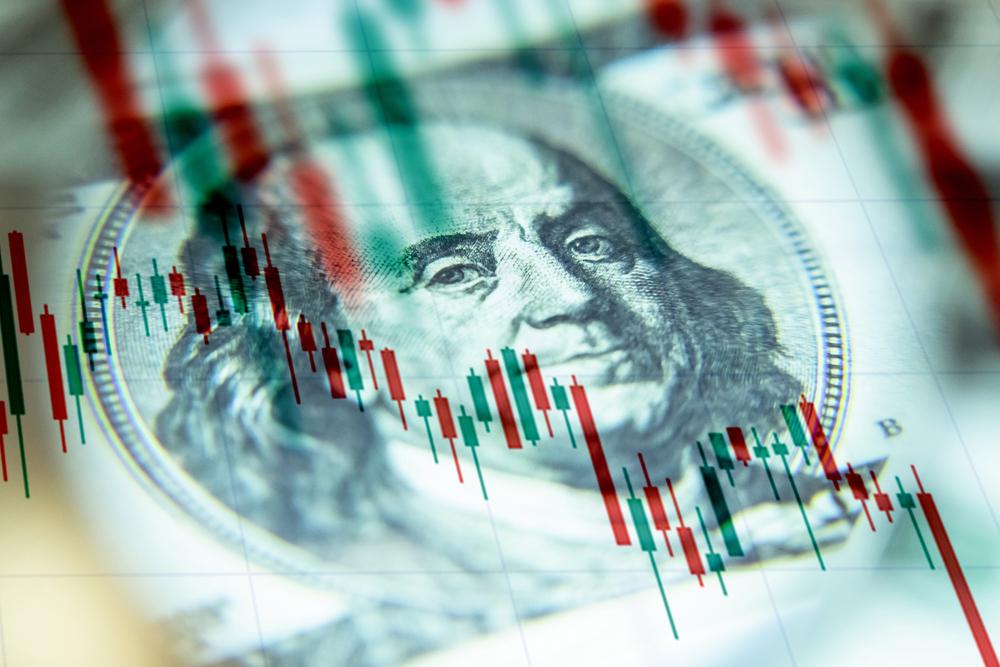Commentary
The Fed is about to embark on an epic quest. Like Siegfried’s battle to slay Fafner, the Federal Reserve is about to enter an epic battle with the inflation dragon.

The Fed is about to embark on an epic quest. Like Siegfried’s battle to slay Fafner, the Federal Reserve is about to enter an epic battle with the inflation dragon.